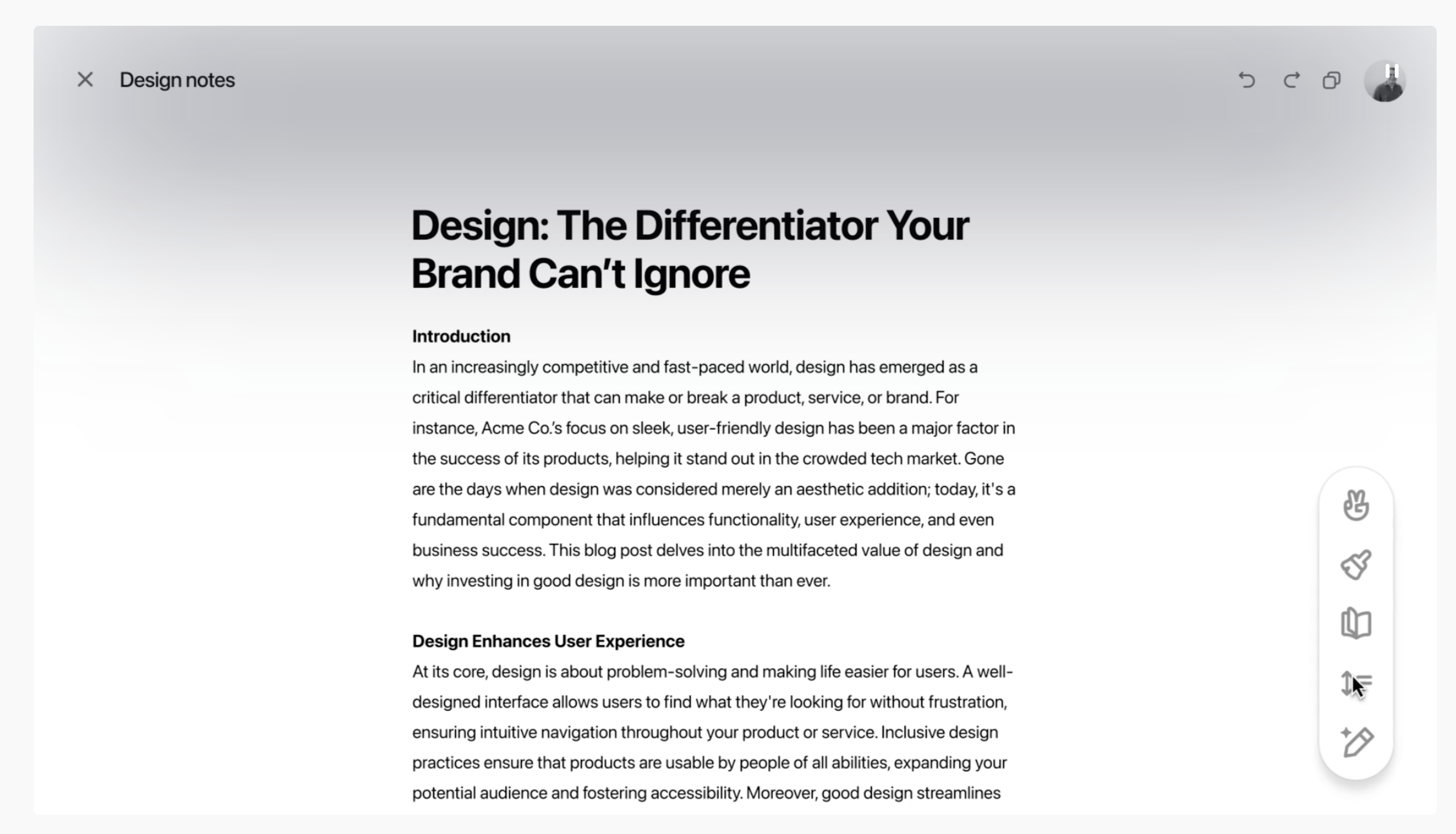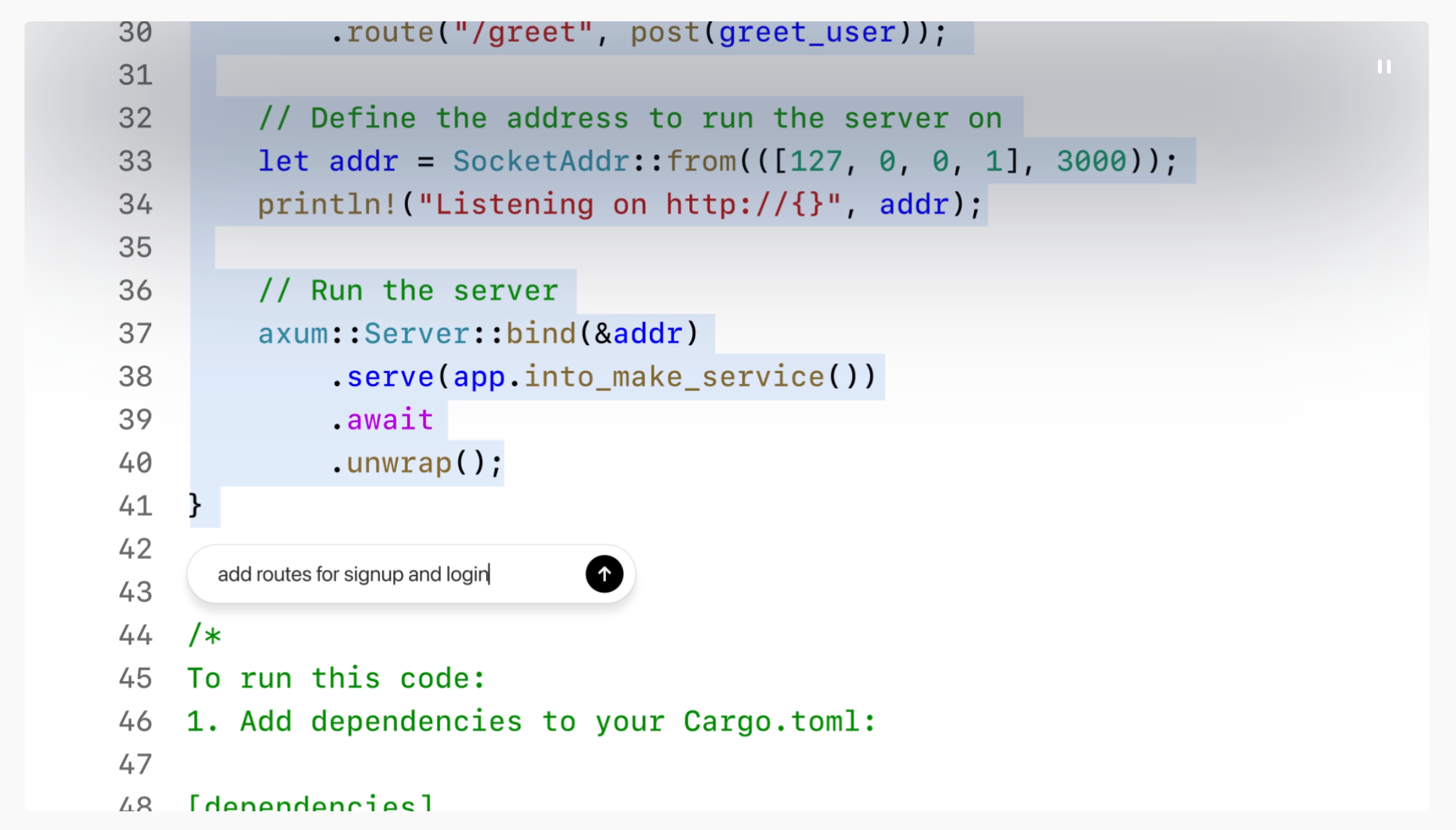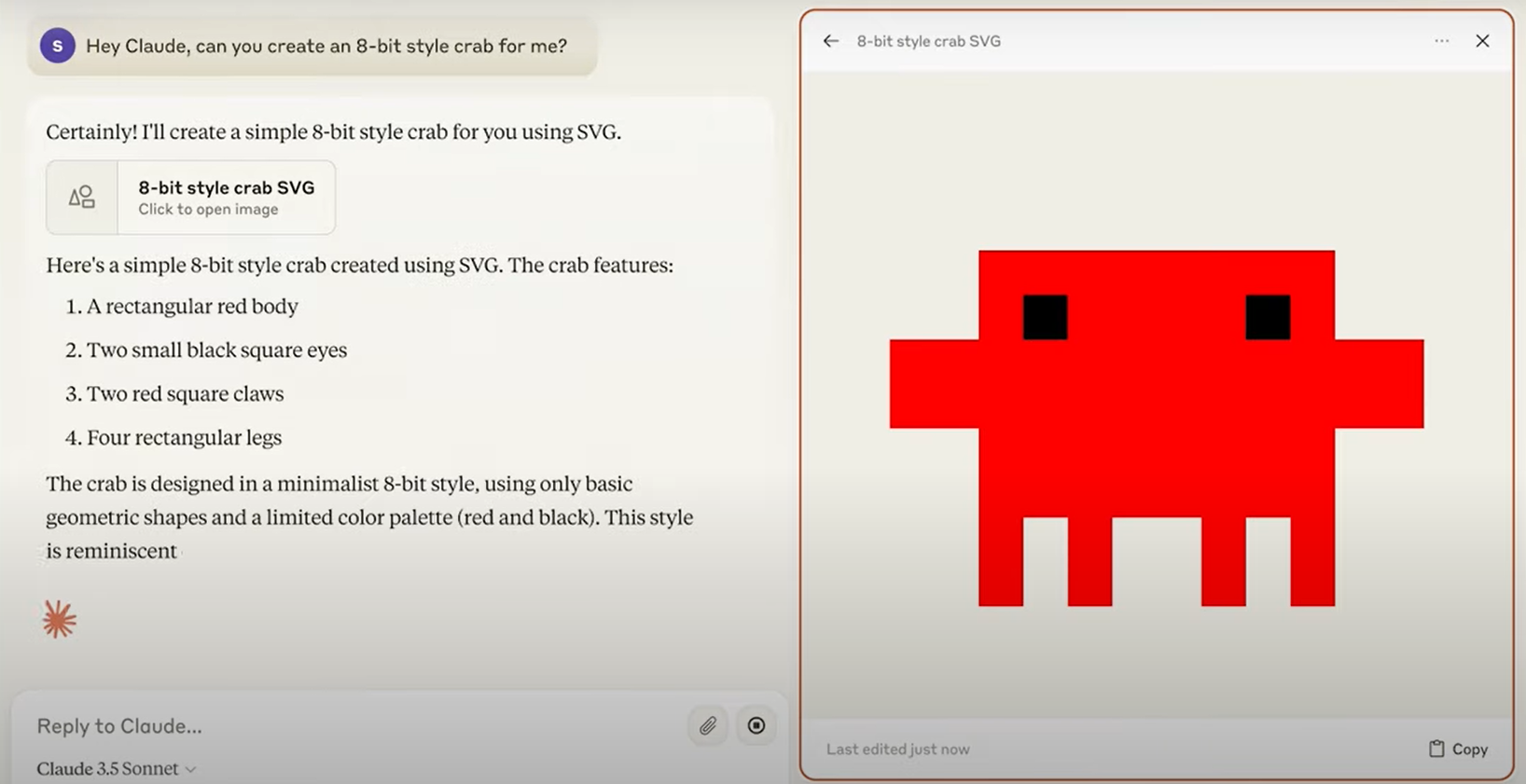What is ChatGPT Canvas? The Alternative to Claude Artifacts

OpenAI recently introduced an impressive feature called ChatGPT Canvas. Unlike the regular chat window we’ve become accustomed to, ChatGPT Canvas provides a more robust and collaborative environment for tackling advanced projects.
While other AI platforms like Claude have introduced similar concepts such as Claude Artifacts, ChatGPT Canvas stands out for its unique approach to improving user productivity. As we delve into the intricacies of this new feature, we’ll explore how it compares to these alternatives and why it could be the next big step in content creation and programming using AI.
What is ChatGPT Canvas?
ChatGPT Canvas is an interface designed to extend the capabilities of the ChatGPT platform beyond simple question-and-answer interactions. At its core, Canvas is a dedicated workspace that opens in a separate window, allowing users to collaborate with ChatGPT on complex writing and coding projects in a more intuitive and efficient way.
The goal of ChatGPT Canvas is to provide a seamless environment in which users can work on longer, more complicated tasks that require multiple revisions, in-depth analytics, and ongoing AI support. This marks a significant departure from the standard chat interface, which, while great for quick questions and short tasks, can become limiting when dealing with larger projects.
Key differences from the standard chat interface include:
- Permanent workspace: Unlike the ephemeral nature of chat conversations, Canvas provides a stable environment in which work can be saved and revisited.
- Context Preserving: The separate window allows ChatGPT to better understand the entire project, leading to more relevant and contextualized help.
- Direct editing options: Users can make changes directly in the Canvas, instead of copying and pasting between chat and external applications.
Key features of ChatGPT Canvas
Separate window functionality
One of the most notable features of ChatGPT Canvas is its ability to open in a separate window. This design choice offers several advantages:
- Multitasking: Users can keep the main chat window open for quick questions while working on a larger project in Canvas.
- Improved focus: The dedicated space helps users focus on the task at hand, without the distraction of previous conversations.
- Improved visibility: The larger workspace makes it easier to view and edit extended pieces of text or code.
Write shortcuts
ChatGPT Canvas comes equipped with a variety of writing shortcuts designed to streamline the content creation process:
- Final polishing: With a single prompt, users can ask ChatGPT to review and refine their writing, checking for grammar, clarity, and consistency.
- Adjust length: Canvas allows users to easily expand or condense their content, maintaining the core message and adapting to different format requirements.
- Change reading level: Users can adjust the complexity of the text to suit different audiences, from elementary to college-level readers.
- To add emojis: For a touch of personality in less formal writing, Canvas can suggest and insert relevant emojis.

ChatGPT Canvas Writing Assistant (OpenAI)
Coding capabilities
For developers and programmers, ChatGPT Canvas provides powerful tools to improve the coding experience:
- Review code: Users can ask ChatGPT to analyze their code and provide suggestions for improvements and best practices.
- Troubleshooting errors: Canvas can help identify and fix coding errors, saving developers valuable debugging time.
- Add logs: With a simple command, ChatGPT can insert logging statements to help understand code execution and troubleshoot problems.
- Port to different languages: Canvas can help translate code between different programming languages and supports languages like JavaScript, Python, Java and more.

ChatGPT Canvas Coding (OpenAI)
These features together make ChatGPT Canvas a powerful tool for writers and programmers alike, providing a level of assistance and collaboration far beyond what is possible in a normal chat window.
How ChatGPT Canvas works
ChatGPT Canvas is designed to integrate seamlessly into your workflow and provide help when you need it most. This is how it works:
Open automatically
ChatGPT detects scenarios where Canvas could be useful and automatically opens the separate window. This intelligent trigger system analyzes your cues and determines when a more robust workspace would be beneficial. For example, if you ask ChatGPT to “write a comprehensive report on AI trends,” the program may recognize this as a task better suited to Canvas and open it automatically.
Manual activation
If you want more control, you can ask ChatGPT to “use canvas” at any point in your conversation. This flexibility allows you to decide when to move from the normal chat window to the more versatile Canvas environment.
User interaction and control
Once Canvas is open, you have full control over the workspace. Unlike the standard chat interface, where interactions are primarily text-based, Canvas allows for more dynamic engagement:
- Direct editing: You can edit text or code directly in the Canvas window.
- Marking: Select specific sections to indicate areas you would like ChatGPT to focus its attention on.
- Quick menu: Access a range of quick actions, from adjusting writing style to debugging code.
- Version control: Use the back button in Canvas to restore previous versions of your work so you have a safety net for experimentation.
Benefits of using ChatGPT Canvas
Improved collaboration on complex projects
ChatGPT Canvas transforms the AI from a simple chatbot into a collaboration partner for your projects. Whether you’re working on a lengthy writing assignment or a complex coding project, Canvas provides a shared workspace where ideas can be developed and refined iteratively. This collaborative environment is particularly beneficial for:
- Long-form content creation
- Software development
- Drafting a research paper
- Preparation of business proposals
Improved context understanding
One of the main benefits of Canvas is its ability to maintain context throughout your project. Unlike the normal chat window, where context can be lost during long conversations, Canvas keeps the entire project in view. This allows ChatGPT to:
- Provide more relevant suggestions
- Ensure consistency between different parts of your work
- Provide holistic feedback on your project
Streamlined editing and revision process
Canvas significantly simplifies the editing and revision process:
- Inline feedback: Receive suggestions and comments directly in your document.
- Quick Revisions: Use keyboard shortcuts to make major changes, such as adjusting the reading level or expanding a section.
- Code refinement: For coding projects, you can easily review, debug, and optimize your code without switching between multiple tools.
ChatGPT Canvas vs. Claude artifacts
While both ChatGPT Canvas and Claude Artifacts aim to improve AI-enabled work, they have different approaches and features:
Agreements:
- Both offer extensive workspaces that go beyond the standard chat interface.
- Each tool aims to improve collaboration between users and AI on complex tasks.
- Both support a variety of content types, including text and code.
Differences:
- Interface: ChatGPT Canvas opens in a separate window, while Claude Artifacts typically appear within the chat interface.
- Trigger: Canvas can be opened automatically when ChatGPT detects a suitable task, while Claude artifacts are usually created at the user’s request.
- Editing options: Canvas offers more direct editing and review tools, while Claude artifacts tend to be more static.

Claude artifacts (anthropic)
Unique aspects of ChatGPT Canvas:
- Integrated coding tools: Canvas provides specialized features for code review, debugging, and language transfer.
- Write keyboard shortcuts: The ability to quickly adjust writing style, length and reading level is a standout feature of Canvas.
- Version control: Canvas’s back button for restoring previous versions is not found in Claude.
Unique aspects of Claude artifacts:
- Permanent storage: Artifacts can often be stored and recalled during different conversations.
- Structured data view: Claude Artefacts may be better suited for presenting structured data or specific file types.
While both tools have their strengths, ChatGPT Canvas offers a more dynamic and interactive environment, particularly suited to evolving projects that require ongoing collaboration and refinement. Its seamless integration with the ChatGPT ecosystem and its ability to adapt to both writing and coding tasks make it a versatile tool for a wide range of applications.
The bottom line
ChatGPT Canvas represents a significant leap forward in AI-enabled productivity, offering a powerful alternative to both the normal chat window and tools like Claude Artifacts. By providing a dedicated workspace for complex writing and coding projects, Canvas improves collaboration, streamlines the editing process, and preserves crucial context during project development. As OpenAI continues to refine this tool from beta to broader availability, ChatGPT Canvas is poised to change the way professionals interact with AI for content creation and software development.






